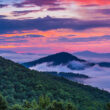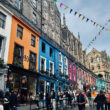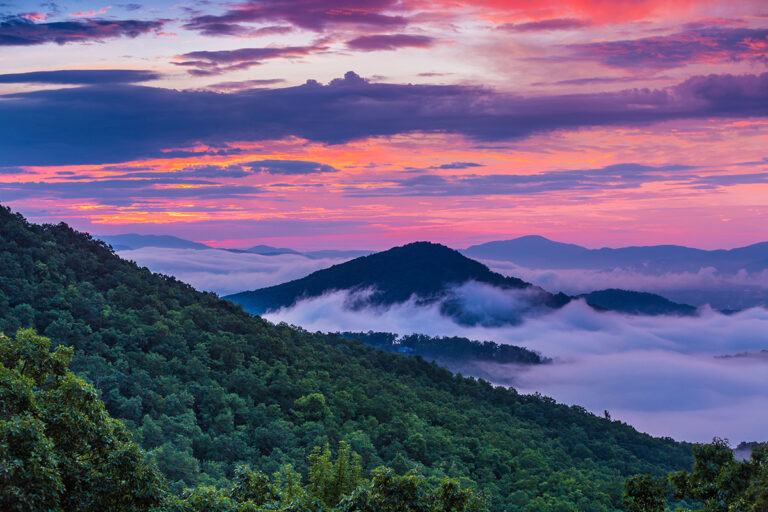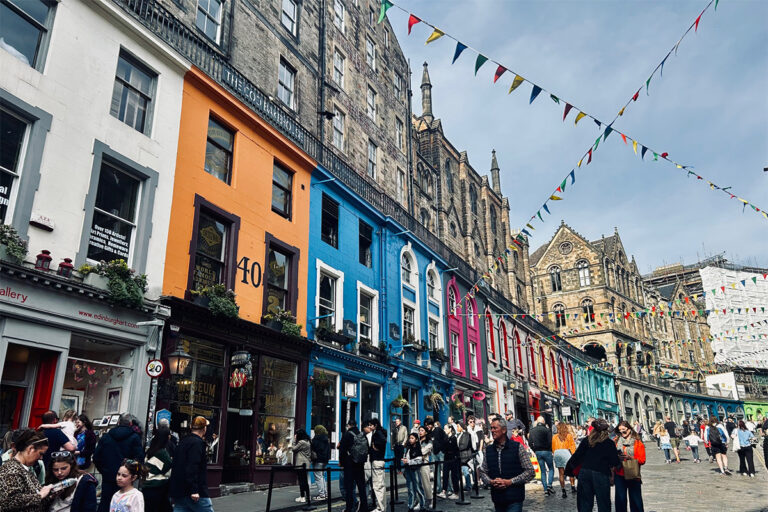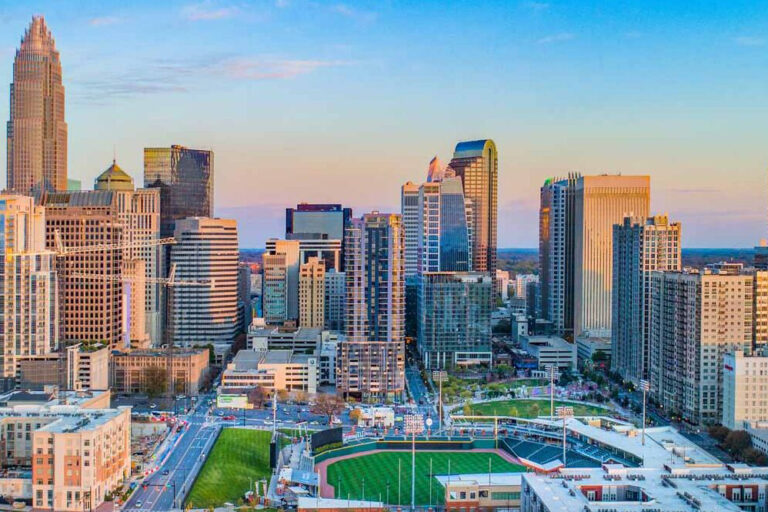
For anyone looking to experience the rich legacy of Saudi Arabia’s past and understand the vision that is shaping its future, there is no more inspiring place to come than the historic town of Diriyah.
Located in an oasis just outside the fast-growing capital Riyadh, for hundreds of years traders and pilgrims from Asia, Africa and Europe would gather here to rest on their journeys. It was here that the Saudi royal family kept their homes and here that the first Saudi state was formed, unifying the Arabian peninsula under one nation.
Today, Diriyah is the site of one of Saudi Arabia’s most ambitious development projects. After years of investment in restoring the historic palaces and walls of the area, and winning UNESCO status as a result, the Diriyah Gate Development Authority (DGDA) under CEO Jerry Inzerillo is now transforming Diriyah into a vibrant cultural, sporting and retail destination that is attracting visitors from all over the Middle East and beyond.
With a focus on authenticity, community and commerce, as Diriyah Gate grows it will soon combine a series of museums which showcase and celebrate traditional Saudi culture life with a select group of local and international retail brands, hotels and dining options.
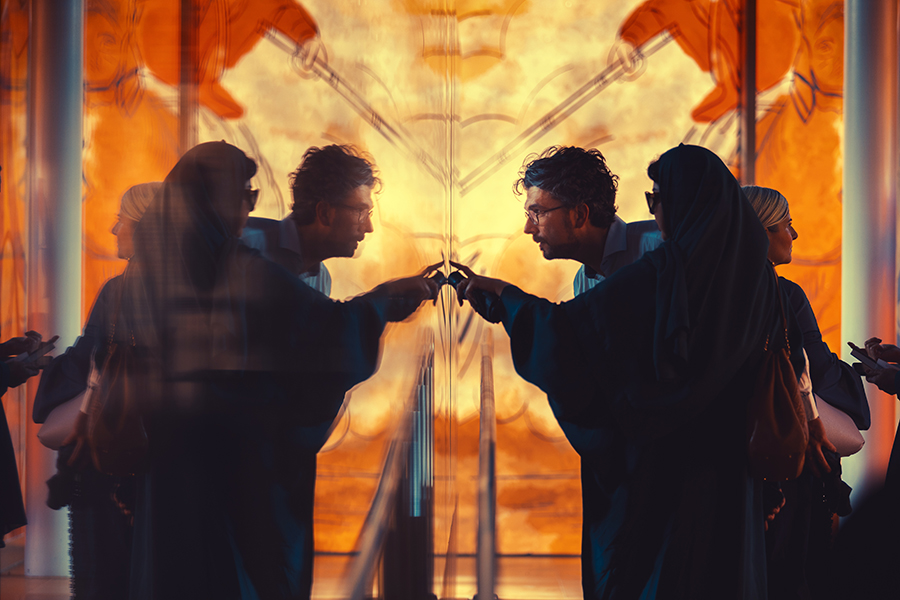
And just as the oasis here served as a treasured meeting place for traders, travelers, and pilgrims, Diriyah is regaining its role as a global gathering place, as concerts, festivals and sporting events such as last year’s Formula E race introduce new generations of visitors to this bustling marketplace and historic heritage site. For all who come here, this vision of Saudi Arabia old and new is an experience of discovery that they will never forget.
Q&A CEO Jerry Inzerillo
What is the tourism potential of Saudi Arabia?

People are going to come here in huge numbers. We believe the Kingdom can achieve 50 million visits by 2030. Looking at the people who will visit, there are two categories. One category comes from Saudi Arabia’s role as custodian of the two holy mosques: this is the home of Islam and the 1.6 billion Muslims around the world have always been welcome here. The numbers of pilgrims will grow from 16 million today to 30 million by 2030. In addition to this category, there are a lot of people who want to see the history and trading routes of this region. There are five UNESCO sites here and applications in for another six. The largest country on the Red Sea is Saudi Arabia. The Red Sea is probably the most pristine in the world. Plus, Saudi Arabia now has the resources to create events to entertain Saudi society and to facilitate interaction with visitors. There’s heritage, culture, topography, amusement, sports activities – everything that Saudi Arabia needs to bring people together.
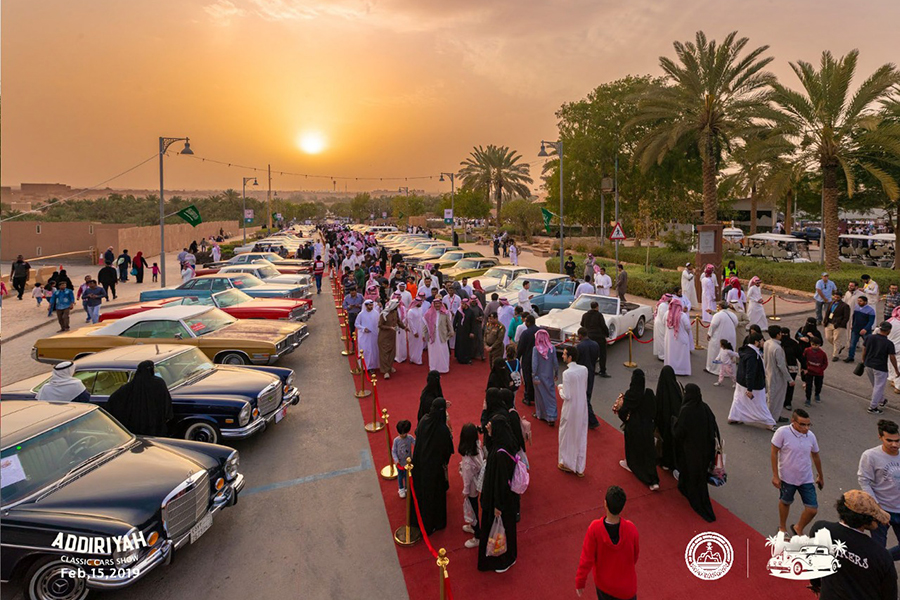
Everybody who comes here will enjoy an overwhelming sense of welcome, discover a warm and generous society, and explore a staggeringly beautiful country of deserts and snow, of rivers, valleys, mountains and canyons. It is thrilling that Saudi Arabia is opening up and that millions of people will get the chance to experience this amazing country for themselves.
What progress have you made in developing your vision for Diriyah?
We have made tremendous progress. Phase One has taken place over the last 20 years, because prior to becoming King, the King was Governor of Riyadh and he sees that as his home and the home of the Saudi state. He wanted to restore the historical sites and they have done a great job with that process.
The second phase is to get the site ready, which DGDA is empowered to do. Our mission is to allow Diriyah to fulfill its destiny and become one of the great gathering places in the world. Previously there was nothing to do in Diriyah but now there will be hotels and restaurants and outdoor gathering spaces.
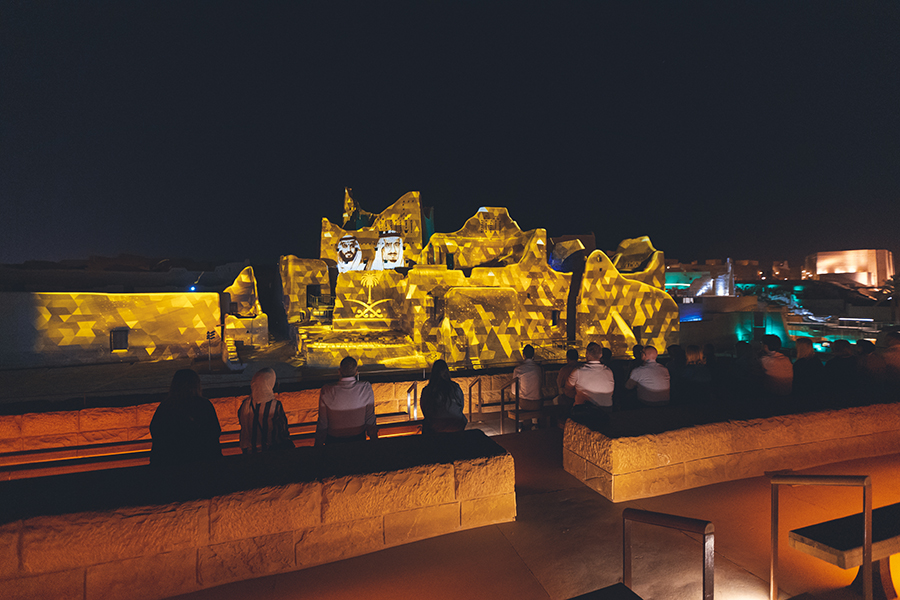
Riyadh is growing northwest. By 2030 the city will embrace Diriyah and it will feel like what the Coliseum is to Rome or the Acropolis to Athens. Also, Diriyah is located where it is because it adjoined one of the most beautiful natural oasis areas in the world, which people came to for a thousand years to trade and to rest. So that is being redeveloped and families will be able to barbecue and gather here again.
How will Diriyah be connected to Riyadh and to the outside world?
Diriyah has the same location in Riyadh as the Coliseum has in Rome. Diriyah is in Riyadh, but on the edge. But the city is growing and before long Diriyah will be in the middle of Riyadh.
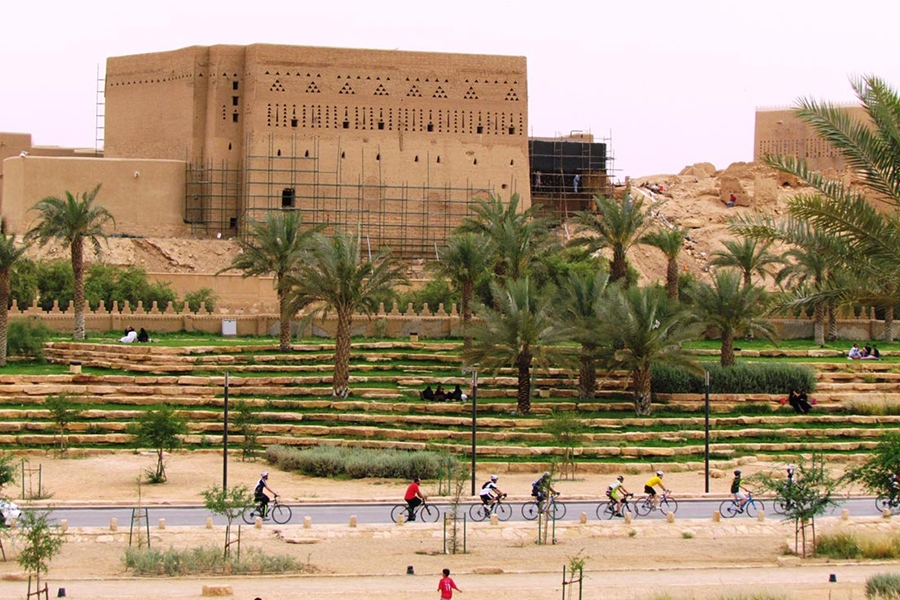
We have three metro stations in Diriyah itself. We have all the arteries of Riyadh’s master plan in the works now. There is connectivity between Diriyah, the airport, the financial center and downtown Riyadh. People will be able to move between these zones, billions have already been spent on infrastructure. Two or three years from now all those transport connections will be finished.
What will you do to showcase the cultural heritage at the site?
We will continue to rebuild and to excavate the UNESCO site. We have a master plan development done in traditional mud architecture. It will be largest authentic mud and natural materials historical city in the world. For 3.5 kilometers there will be no cars: it will be a walking experience. There will be no malls, only souks. There will be clusters of shops and restaurants.
“Everyone who has been here in the last few months, wherever they come from, has left here emotionally affected by the experience and inspired by the opportunity.”
Jerry Inzerillo, CEO
Diriyah is not a theme park. It will be a cultural city. Because we are in a major city with infrastructure and because of the gift the King gave us for restoration, we are up and running faster than any other project. We will introduce the world heritage site to the world in the fourth quarter of this year. We’ve already had visits from the major hotel and retail operators and cultural institutions. There is still opportunity for more partnerships.
How will you compete with other destinations in the area, especially Petra and Al Ula?
We do not see it as competition. We want people to come to Diriyah and then go see Al Ula. Al Ula is fabulous, and anyone who loves Petra will love Al Ula. The valleys are beautiful. Al Ula was off limits because it was a burial ground and people didn’t know what to do with that. But now it is all open and we hope people will move around the Kingdom. We are working on joint ventures domestically and internationally with other UNESCO sites and destinations.
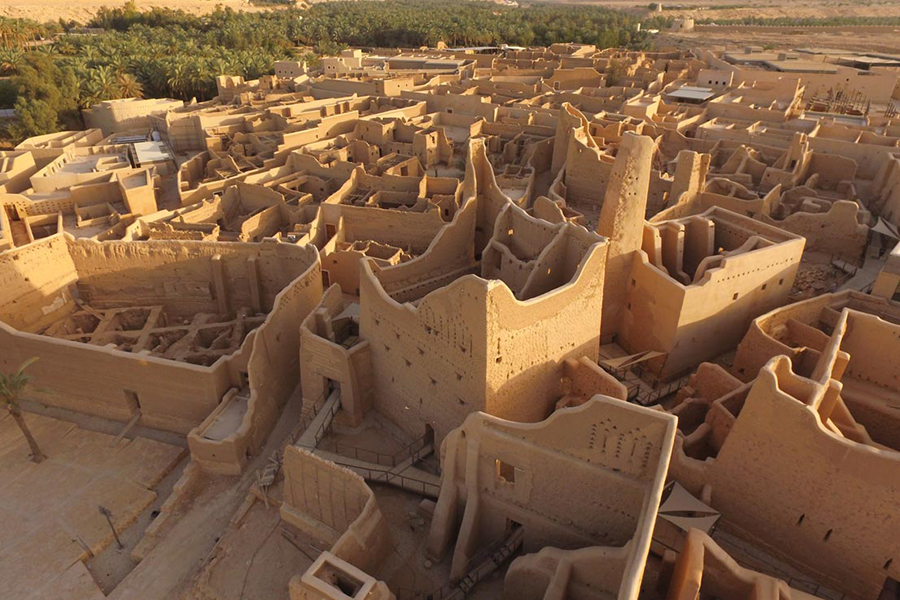
After last year’s Formula E race, what plans do you for sporting and cultural events in 2019?
Formula E was an incredibly positive and joyful experience for all the 45,000 spectators who came to Diriyah in December. This year we will remove the cap on visitor numbers and we expect to welcome around 100,000 people for the event. We will also be organizing concerts, cultural events in the fashion space, a major tennis tournament and sports events that will help prepare the Kingdom for the Olympics. Sport provides health and it brings people together, helping to create a healthy and competitive society.
How many people do you expect to employ here?
The Ministry of Education understands that for every million tourists who come there will be 119,000 new jobs. The Minister of Education, the Minister of Tourism and the Minister of Culture are setting up a fund to prepare the training that is needed. While that is being organized, all the CEOs have been given the resources to have the best training departments doing training every day.
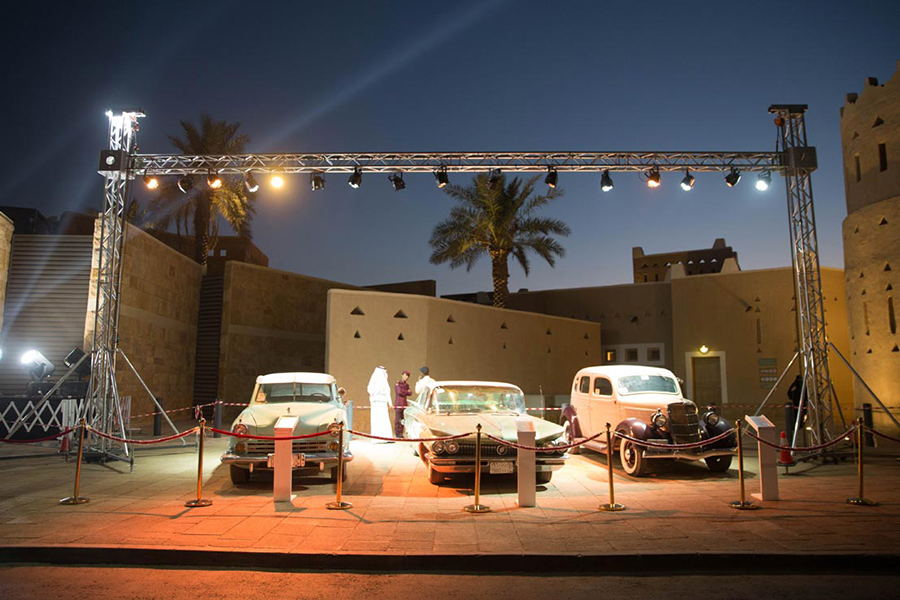
DGDA currently consists of 300 people and at some point we will be employing over 50,000 people. Our people go through training every week because we have a full training division. There is a system now where all the CEOs are identifying Saudi talent to fast track them to keep up with growth.
Today, 83 percent of my staff is Saudi and 32 percent are women. 78 percent have 2 degrees. 54 percent speak three languages. This is an educated society. They are all coming home because they believe in what is happening in Saudi Arabia.
What do you think contemporary Saudi Arabia can learn from the past at Diriyah, the place where the state was founded?

Children learn about Diriyah in their school books. It is their history. And now they will be able to enjoy it in real life.
Diriyah is a celebration of rich traditions and culture and the ongoing value system of Saudi Arabia. So we will have eight new museums which will celebrate culture, traditions, crafts and food, it will be a celebration of the culture. With social media, people crave the authentic vs. the manufactured.
Projects such as Diriyah will diversify and expand the economy and create entire new sources of employment. Within 36 to 60 months these tourism projects will also help to change the stereotypes about Saudi Arabia.
Everything we do here is fueled by Saudi Arabia’s optimism for the global future. At the same, by celebrating the past we are preserving and strengthening the Saudi value system. Everyone who has been here in the last few months, wherever they come from, has left here emotionally affected by the experience and inspired by the opportunity![]()

